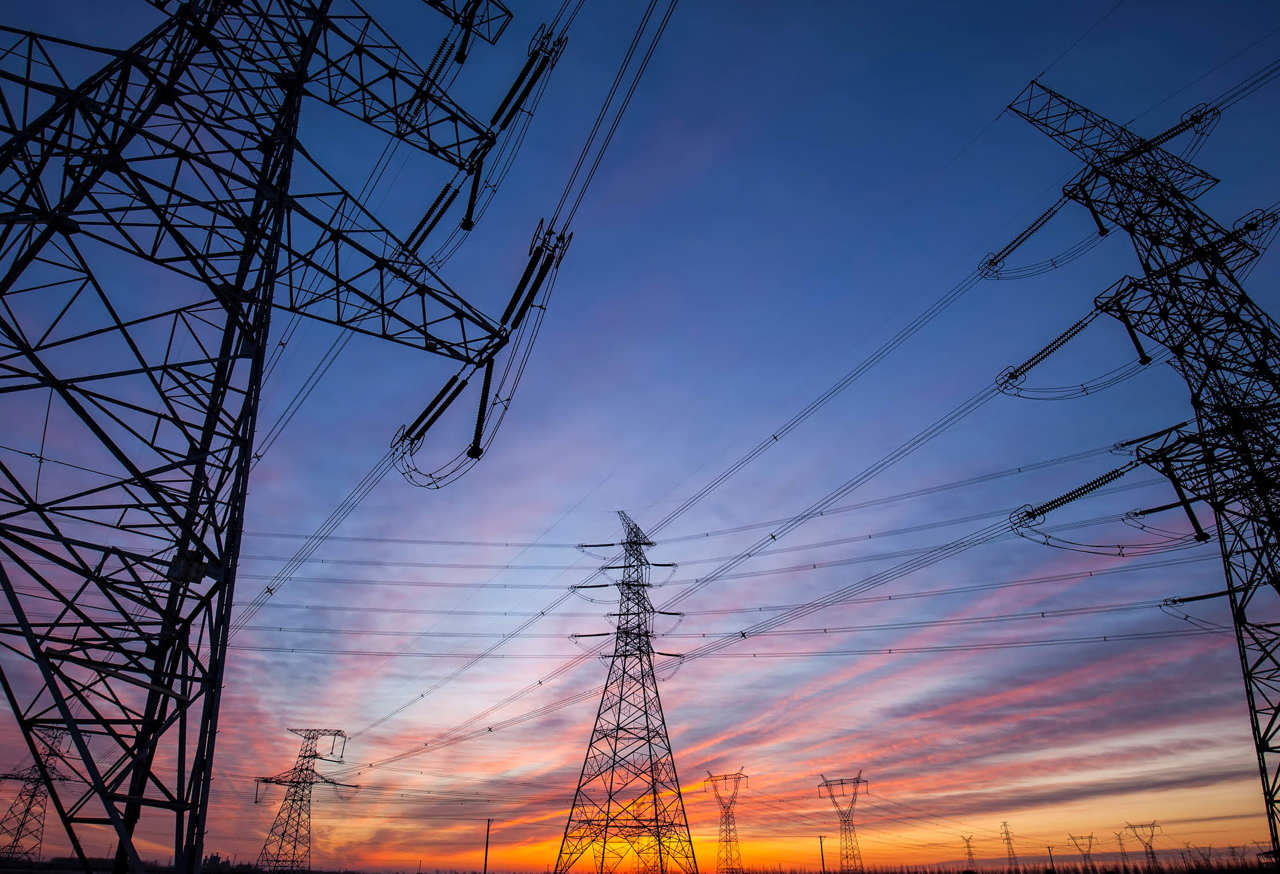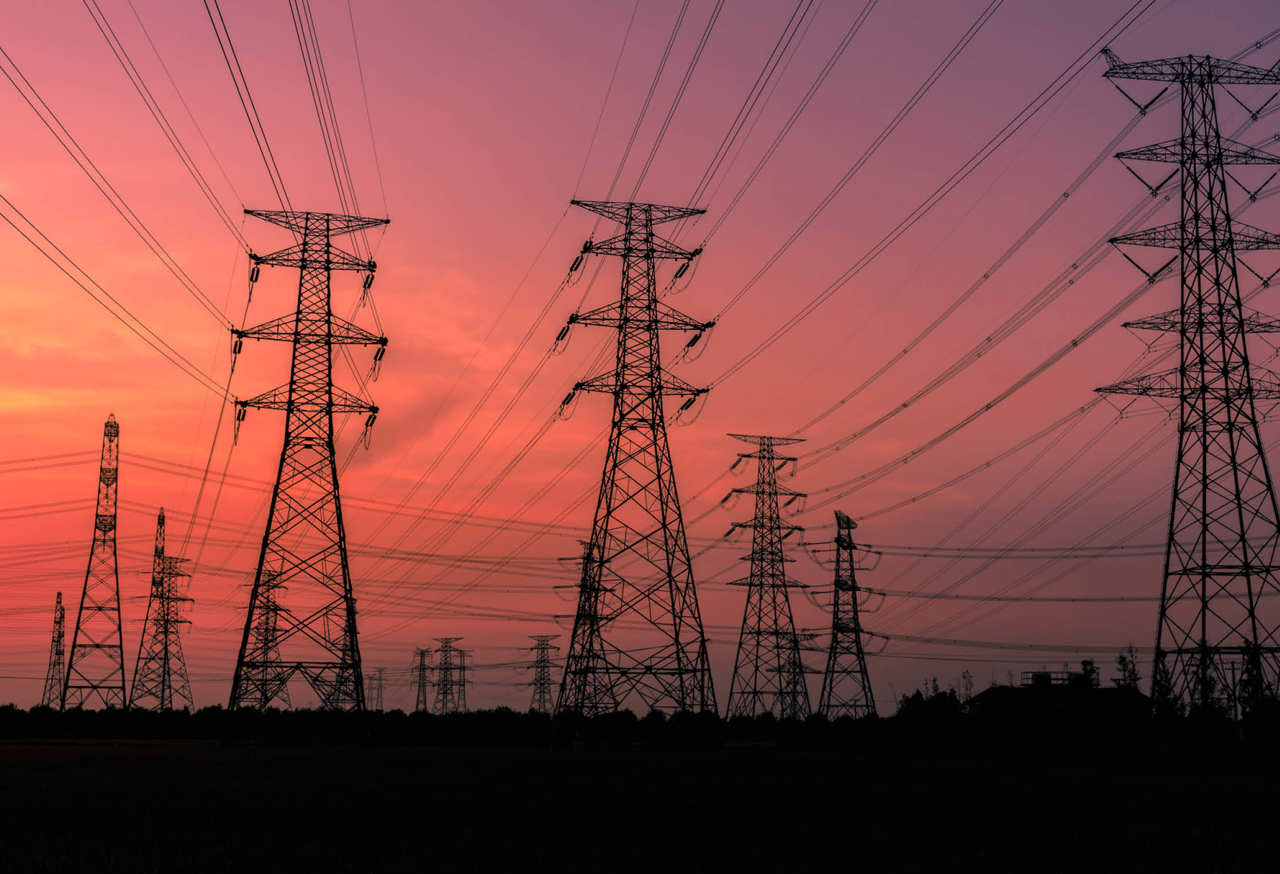The road ahead: The European energy transition report
This content is AI generated, click here to find out more about Transpose™.
For terms of use click here.

See the bigger picture. Identify new opportunities. Stay ahead.
The energy transition is accelerating, and the traditional value chains of the energy sector are being reshaped at pace. New business models, technologies and players are emerging, creating huge opportunities and challenges.
This report provides essential insights for companies navigating this transition, helping you tackle two critical strategic issues:
Identifying the right value chains and making the right connections
Companies must assess their strengths, market position, and opportunities across emerging and established energy value chains and avoid siloed strategies.
Defining a market approach: integration vs. specialisation
As companies navigate the transition, they need to decide whether to position themselves as value chain integrators or specialists, balancing risk and opportunity accordingly.
What's inside?
- Six key energy transition value chains.
- Market shifts and trends through to 2030.
- Key industry challenges shaping the transition.
- Pacesetters, companies leading the way in each value chain.
- Actionable insights to help you refine your strategy.
Gain exclusive insights into how the energy transition is unfolding — and how your business can thrive
Download the reportBook a briefing with our experts to uncover key takeaways and what they mean for your organisation
Arrange a meetingScroll down to explore our key findings
Markets covered

Subscribe to our thinking
Get relevant insights, leading perspectives and event invitations delivered right to your inbox.
Get started to select your preferences.
Key findings
Flexibility value chains are scaling the fastest
While all value chains are seeing growth, the flexibility value chains of demand-side flexibility (DSF) and grid-scale battery energy storage (BESS) are expanding at the highest rates, responding to new market opportunities and volatility challenges.
Grid-scale renewables and electrification remain foundational
These value chains continue to march forwards, driven by electrification of households and businesses and the growing share of solar and wind in power generation.
Green hydrogen is emerging but still nascent
The sector is starting from a low base as it moves from demonstration to commercialisation, with a strong focus on industrial decarbonisation and synthetic fuels.
Smart energy retail is evolving rapidly
With its market share expected to triple by 2030, smart energy retail will play an increasingly important role in engaging customers and unlocking energy system flexibility.

Energy transition by 2030: Key stats
-
Additional household electrification capacity expected by 2030
261 GW -
Grid-scale renewables capacity to be added in the next six years
267 GW -
Demand-side flexibility capacity additions by 2030
>80 GW -
Battery storage (BESS) growth rate, making it one of the fastest-growing value chains
>30% CAGR -
Green hydrogen’s projected installed capacity by 2030, up from just 0.2 GW in 2024
18 GW -
Smart energy retail market share growth from today to 2030
6% → 18%






